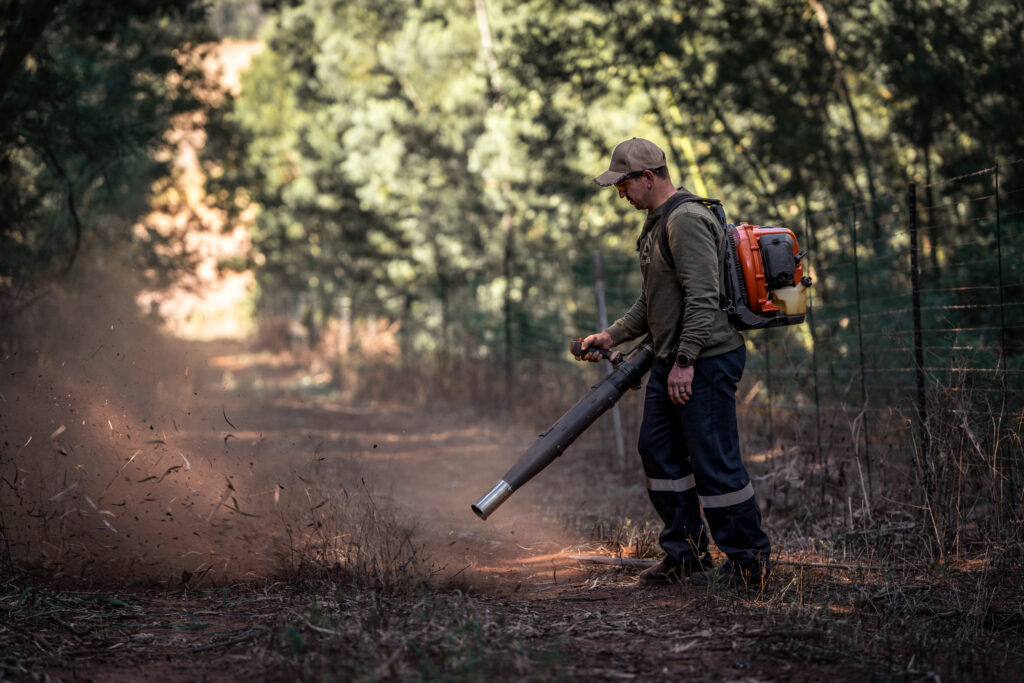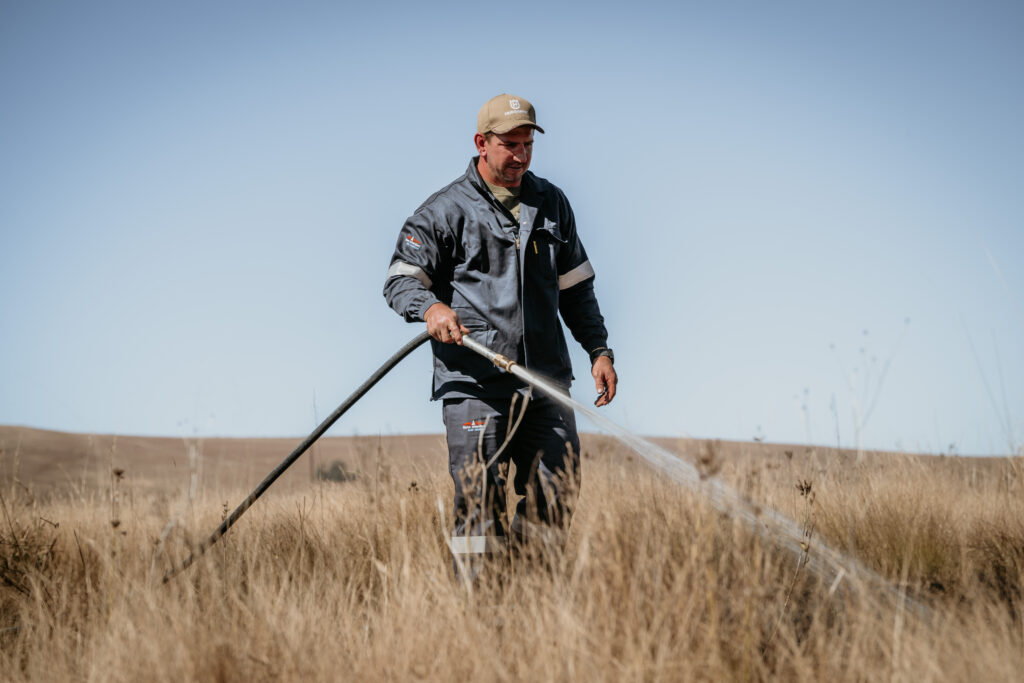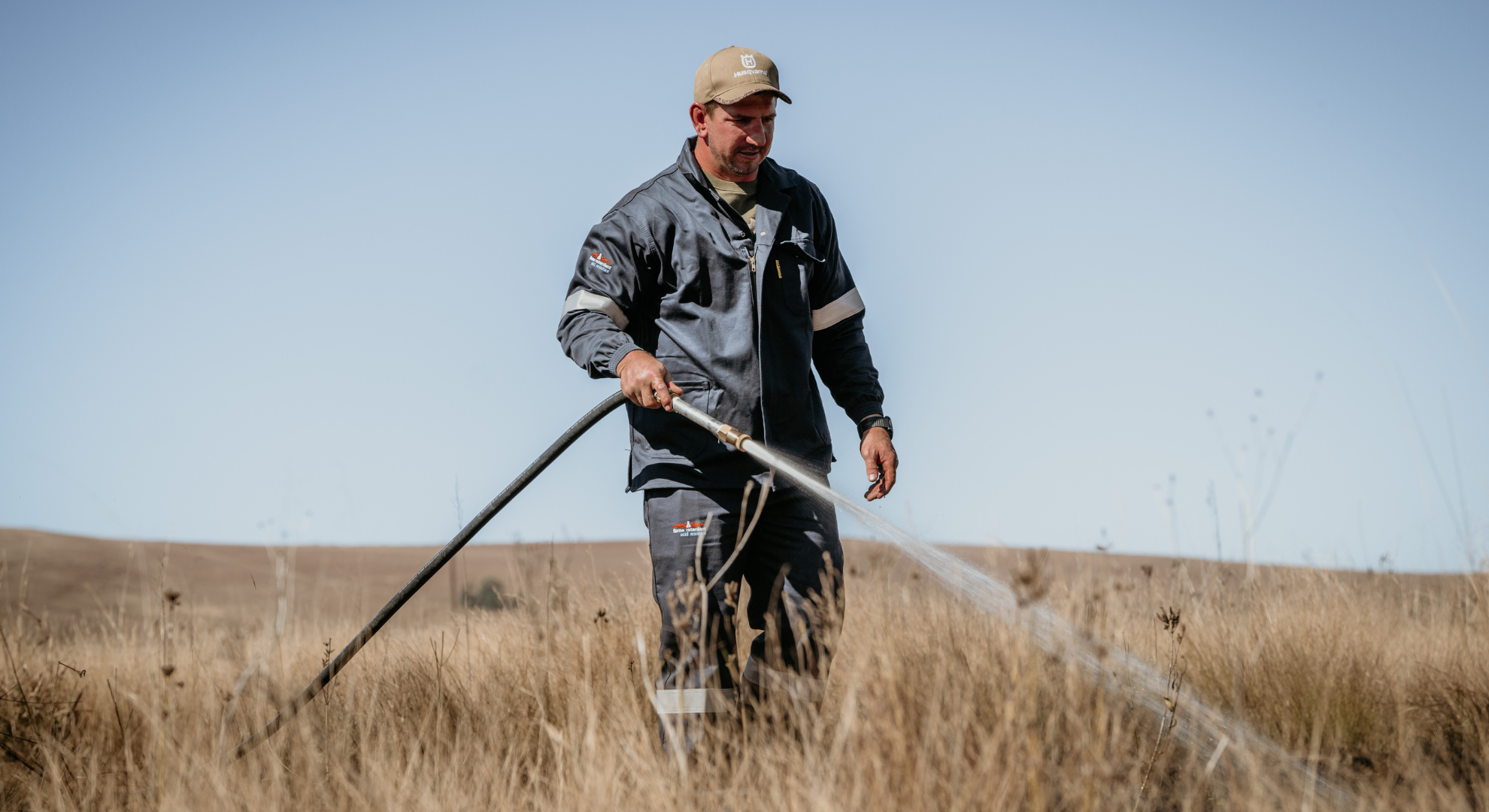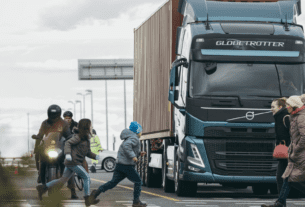The Council for Scientific and Industrial Research (CSIR) reports that the increasing urbanisation of South Africa’s rapidly growing population is a significant factor impacting the risk of wildfires. They explain: “More and more people, assets and infrastructure are placed on the boundary or interface between developed land and fire-prone vegetation – what we call the wildland-urban interface (WUI) – where they are exposed to wildfires.” They go on to say that the combination of climate and vegetation characteristics that favour fires, and growing human exposure, results in significant wildfire risk across the country, especially in the southern and eastern parts.
“Unfortunately, the situation will not improve because climate change will result in more frequent and extended high fire danger periods and, therefore, an increased likelihood of severe fires,” they further add, advising that the best option is to reduce fire risks and keep them as low as possible.
Kwagga Smith a world-cup winning rugby player, is also a farmer in one of the highest fire-risk areas in our country. “The Dullstroom area has experienced some devastating fires and as a farmer, you need to be prepared at all times. Drawing from his personal experience, he shares valuable advice on fire prevention and safety.
These are his five top tips for BEING PREPARED for fire season:
1. Burn fire breaks
Start this process in summer rather than waiting until after the first frost. Burn the tracer lines so that it’s easy to burn the breaks after the frost kills the grass in winter. Apply glyphosate using sprayers to create a 1m wide strip along the fence line and another 1m strip about 20m into the farm. Once this grass dies off, burn it. Then wait for the frost, which will kill the grass in the 20m strip between the tracer lines. After the frost, burn this area. This final burned strip becomes your firebreak.
2. Skill up, Gear up
A fire break will not stop a fire though; it’s there to give you space to work from. Back burning, beating or some other form of firefighting, will still be necessary to stop a fire from spreading. It is, thus, essential that everyone is skilled and equipped to be able to manage fires.
3. Invest wisely
When you’re facing a raging inferno, any money saved from buying inferior equipment can quickly become a costly mistake. Rather invest in quality machinery that will perform reliably when it is needed most.
4. Be ready
Before fire season, service and test all necessary equipment. Make sure pumps and leaf blowers are easily accessible, chainsaws are sharp, tractors are fuelled, fire beaters are intact, and your ‘bakkie-sakkie’ is full. This will ensure that everything you need is ready and on standby. In the case of an emergency, preparedness can make all the difference.
5. Share the Responsibility
Fire defence shouldn’t rely on a single person. It’s crucial that multiple people know who to call and what to do in an emergency. Ensure that several individuals can take charge if you are not around, thereby creating a more robust fire response system.
“My dad always said “Goedkoop is duurkoop” – “Penny wise, pound foolish”. That’s why our family invests in Husqvarna’s sprayers, chainsaws, blowers and pumps to ensure we have quality, reliable equipment on hand in the event of a fire. You never know when you will need it and being prepared can make all the difference,” concludes Kwagga.






